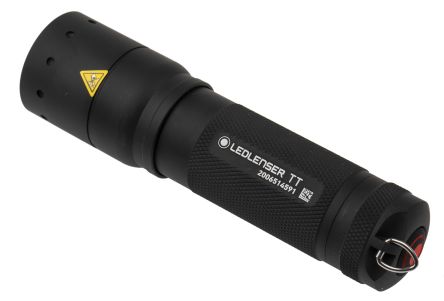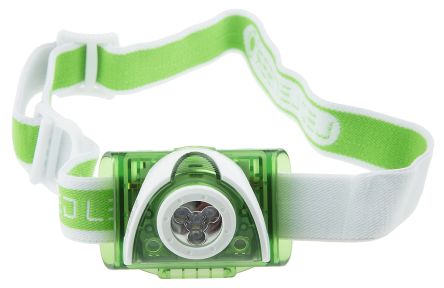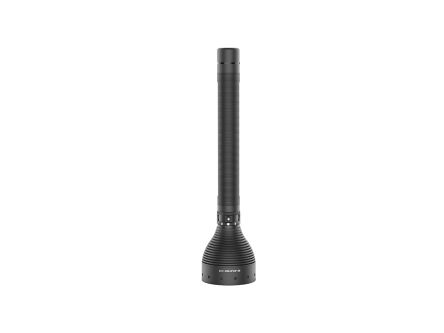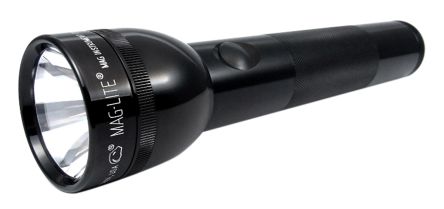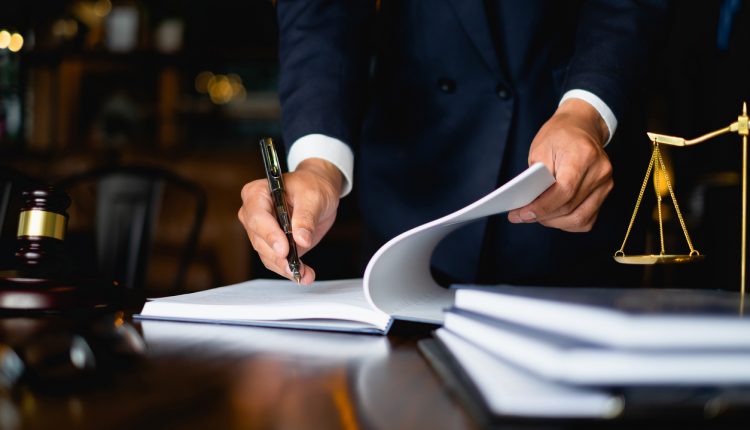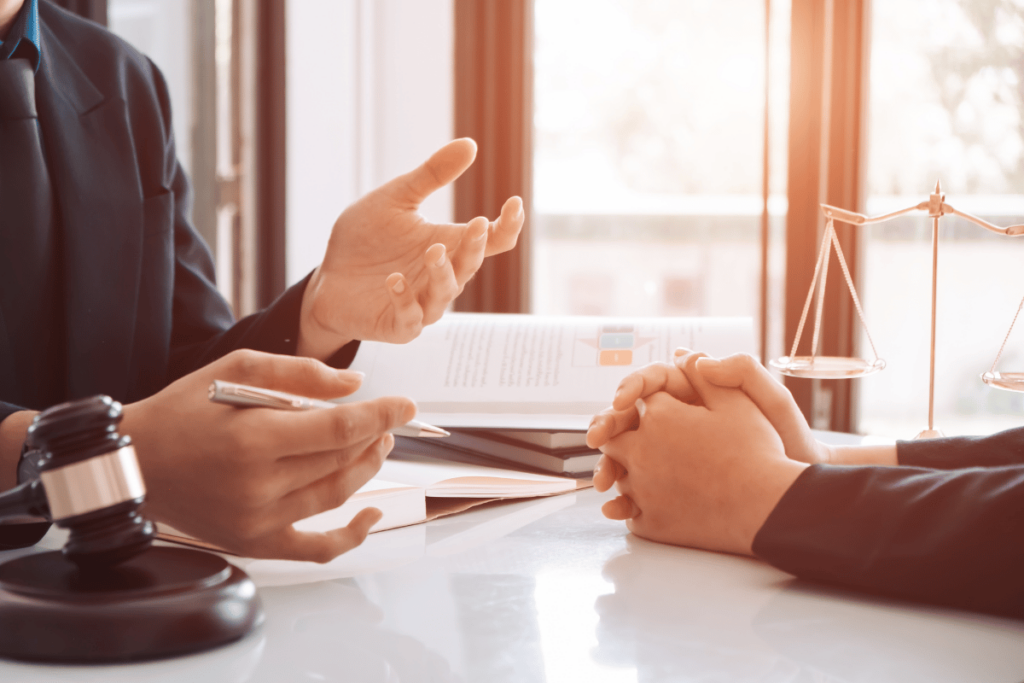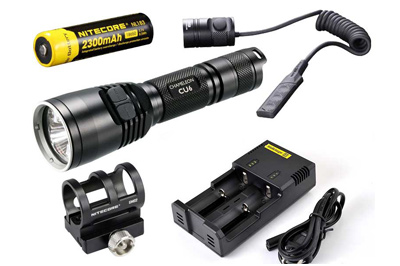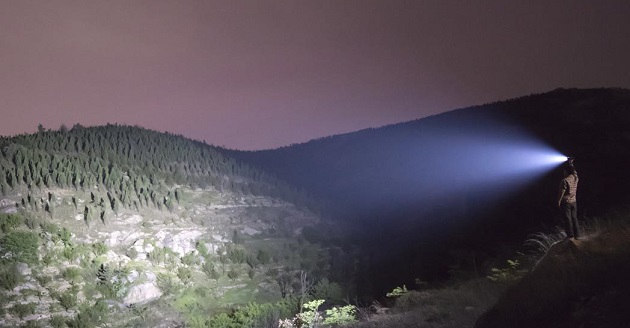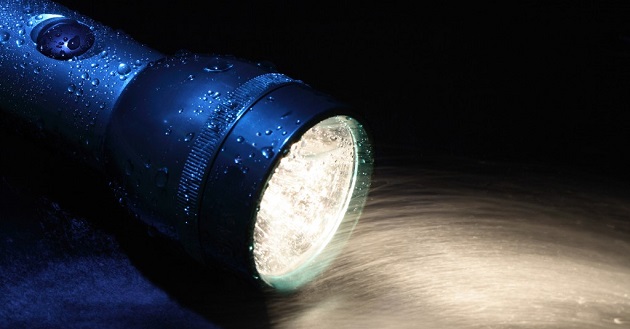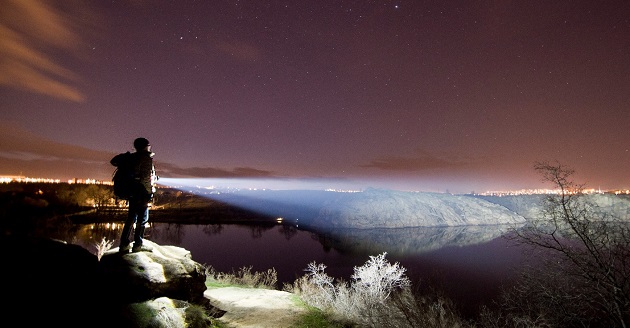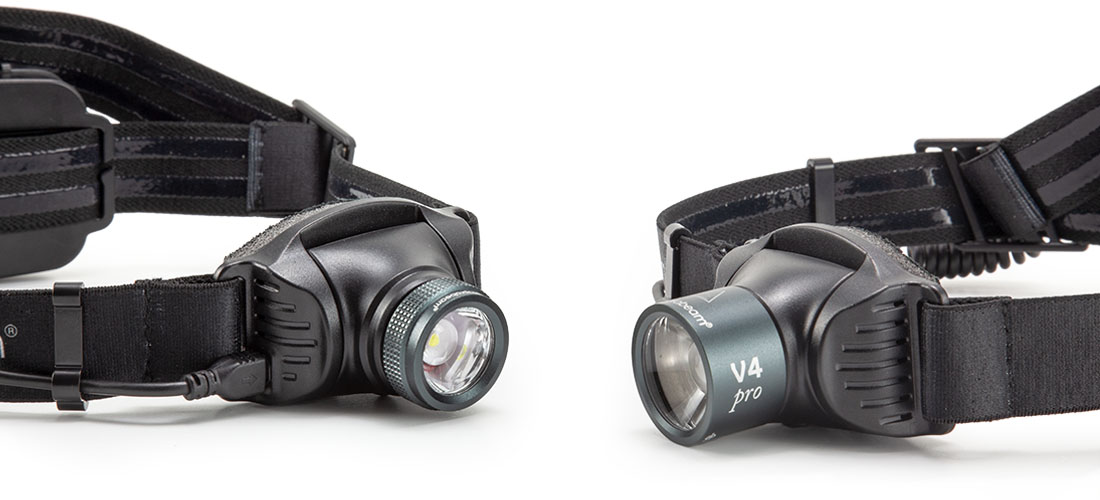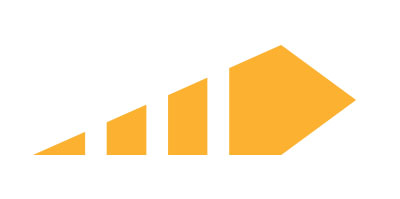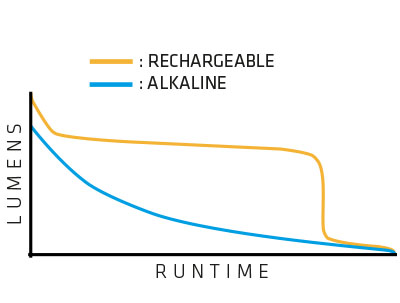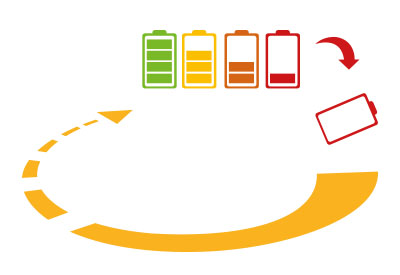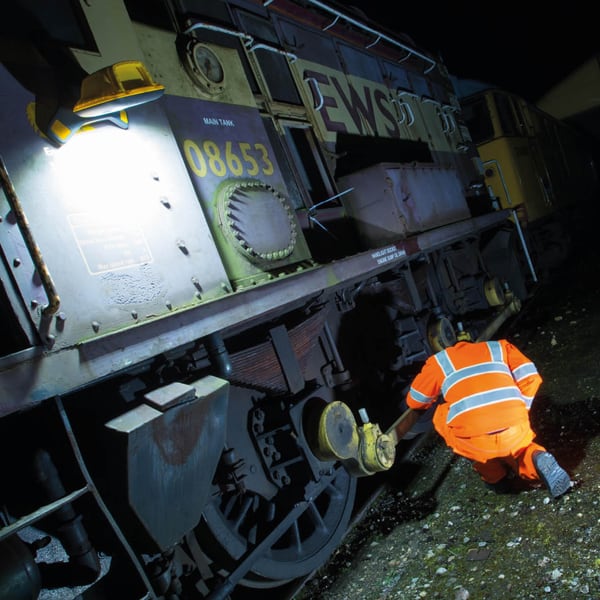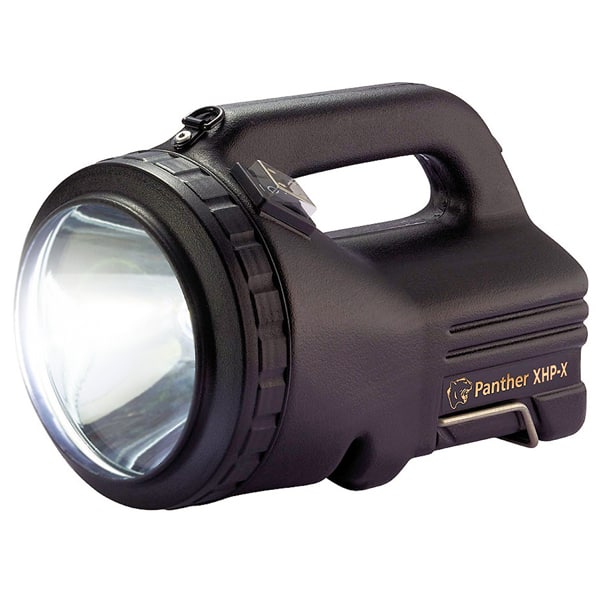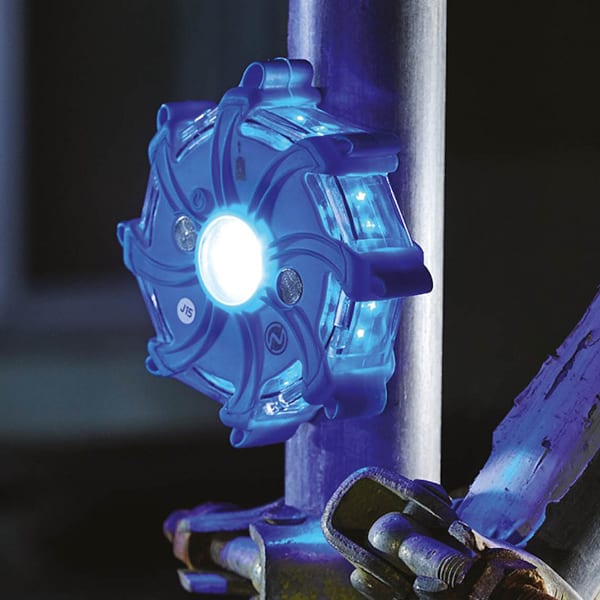What is a torch?
A torch is a portable handheld electric lamp which is battery powered. They’re also referred to as flashlights in the US, whereas torch is the more popular name in other English-speaking countries.
Throughout history, people have had a need for light sources which could move with them, which led to the evolution from candles to oil lamps and kerosene lamps. However, these methods of lighting are potentially dangerous, as they have a flame as the light source.
The invention of the incandescent electric light bulb and dry battery at the end of the 1800s provided a solution to this risk, and enabled the invention of the device used today.
When were handheld torches invented?
The first dry cell battery was manufactured by the National Carbon Company in 1896, after German physician Carl Gassner invented it in 1888. It’s a type of electric battery which was an improved version of its predecessor, as its electrolyte was a paste instead of a liquid.
Thanks to this, it could work in any position and wouldn’t break or spill as easily – making it ideal for a portable light source. So in 1899, British inventor David Misell developed the first model.
Torch or flashlight?
Before it was invented in the 1890s, the word torch was used to describe a stick which could be lit and used as a light source.
When flashlights became widely used across the globe, they were originally known in Britain as electric torches. The word electric was later dropped, as it became synonymous with what Americans referred to as a flashlight.
But this device was originally named a flashlight when it was first invented, because the zinc-carbon batteries which powered it couldn’t provide constant currents for extended periods of time – which meant they had to keep being turned off.
It was given the name by Russian inventor Conrad Hubert, who brought Misell’s invention to market. However, it’s now argued that because modern-day models no longer have to be turned off, so they no longer ‘flash’, this name shouldn’t be used.
How do torches work?
Modern-day devices most commonly feature LED bulbs. In order for electrons to be produced, the light must have some type of power source, so they’re powered by batteries, which can be either disposable or rechargeable.
Alkaline batteries are very affordably priced and able to last between four and 10 hours on one set, while rechargeable batteries are powered by lithium-ion.
The different parts
The tube part is the section that holds the different parts of the device, which is called the case.
The bulb is the source of illumination, and is usually either a tungsten filament incandescent bulb or – more commonly in newer models – an LED bulb.
The batteries rest on a small spring that’s connected to two contact strips, which are thin strips of metal – often made of copper or brass – located throughout the device. This makes the electrical connection between the batteries, the lamp and the switch. These parts conduct electricity and complete the circuit.
When the switch is pushed to the ‘on’ position, it begins a flow of electricity powered by the battery.
The reflector part at the front is formed of plastic and coated with a shiny aluminium layer which bends around the bulb, to direct the rays forward so they provide a steady light beam. This is then covered with the lens; a clear plastic at the very front of the device which protects the glass bulb from breaking.
When the switch is pushed into the ‘off’ position, the contact strips are moved apart and the path for the electrical current is broken, which stops the device producing light.
Types of Torches
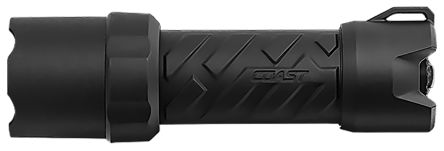
|
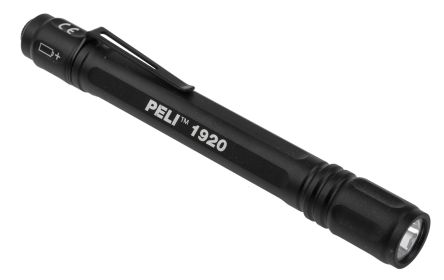
|
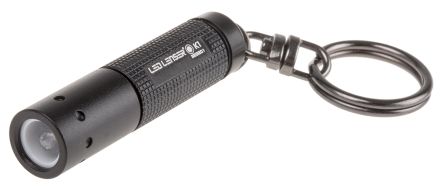
|
Tactical torch |
Penlight |
Keychain and clip torches |
| This light is designed for tactical use, for example in the military or police force. Some models can be mounted to a weapon. They’re generally smaller than typical models, and emit a lot of light. A lot of models are made from aluminium for robustness. | These are small devices shaped like a pen. They’re often used in the medical industry to check areas of the mouth, throat and to assess pupil response. | These are smaller, more lightweight models which offer even more portability thanks to the keyring/clip. This means it can be attached to anything, from a set of keys to a rucksack – ideal for activities such as camping. |
| Click to shop for tactical torches | Click to shop for pen torches | Click to shop for keychain and clip torches |
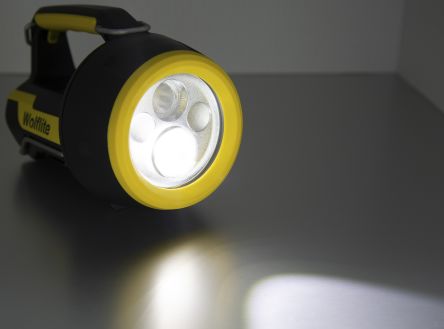
|
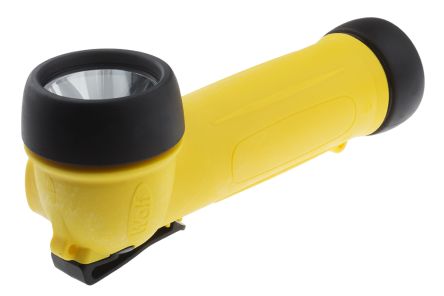
|
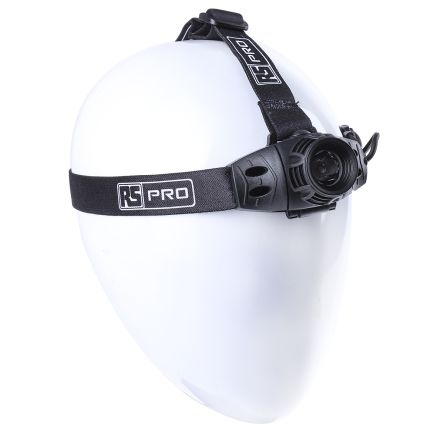
|
Rechargeable torch |
Right angle torch |
Head torch |
| These feature a lithium-ion battery which can be charged once it’s flat, instead of having to be replaced. This reduces the cost of buying batteries and means they’re more environmentally friendly. Models that can be recharged are generally more expensive, but they often provide more light. | This design is either front-facing or features an articulating head, so the user can adjust the angle and positioning of the light. It will typically attach to the user’s chest to light up the area in front of them. This model is often used by firefighters, as it’s a hands-free device. | This light is affixed to a headpiece, so it can still illuminate surroundings while leaving the user’s hands free. It’s ideal for outdoor activities such as caving, hiking and camping, as well as work environments to increase productivity and quality. |
| Click to shop for rechargable torches | Click to shop for right angle torches | Click to shop for head torches |
Maglite Torches
A Maglite, also spelled Mag-Lite, is a brand manufactured in the US by Mag Instrument. It’s made from aeroplane aluminium, making it weather and shock-resistant.
It was first made in the early 1970s by Tony Maglica, after he discovered the police were having issues with the torches being used at the time. They were usually made from plastic and broke too easily, so Maglica designed a product so sturdy that it could also serve as a club. His design was patented in 1979.
This model features a twisting head which can be adjusted so the beam can both flood a crime scene as well as narrow in to focus on a small area.
That’s why the Maglite is now used by professionals worldwide and is one of the most famous lights used by the army, the police and emergency service professionals.
Torch performance
Light output
This is measured in lumens, which is the unit of measure of the total amount of visible light produced by a source, meaning this indicates how bright it is. The more lumens it produces, the brighter the light will be.
Basic models are usually 10 lumens, while high-specification lights can be over 18,000 lumens.
LED (light-emitting diode) lights tend to be the preferred choice, as they offer greater energy efficiency, better battery consumption, increased brightness, and better impact resistance than incandescent light bulbs.
